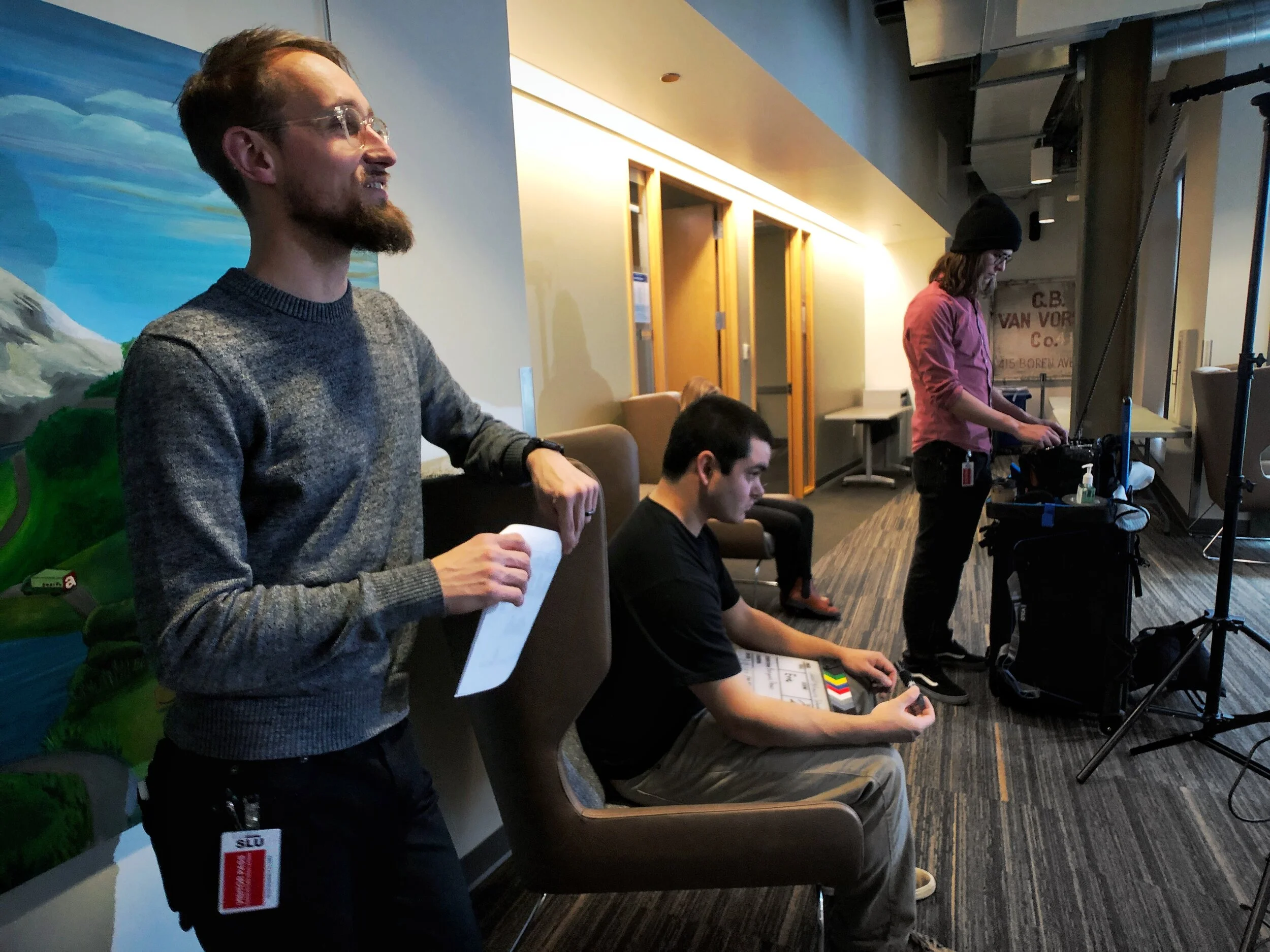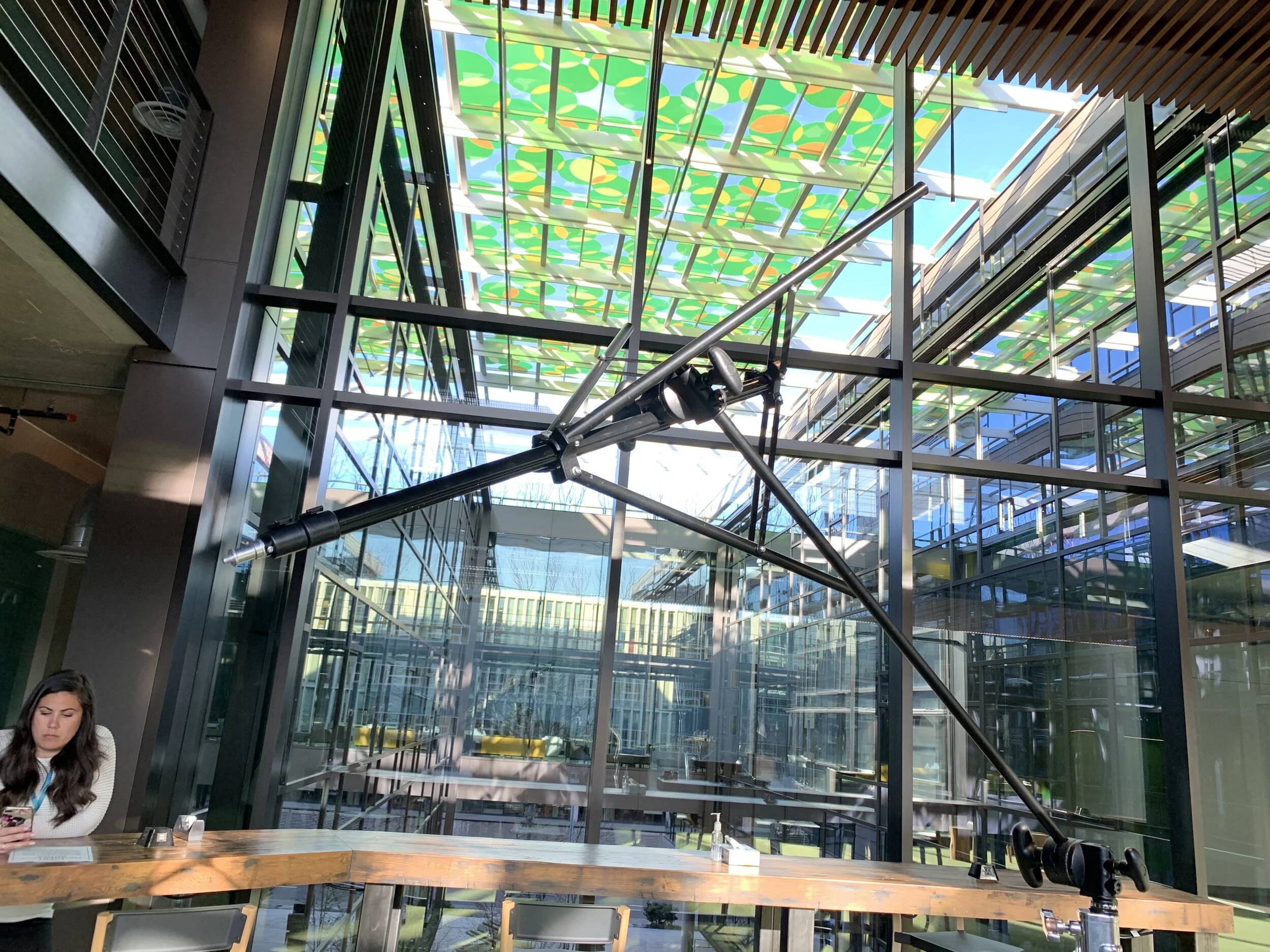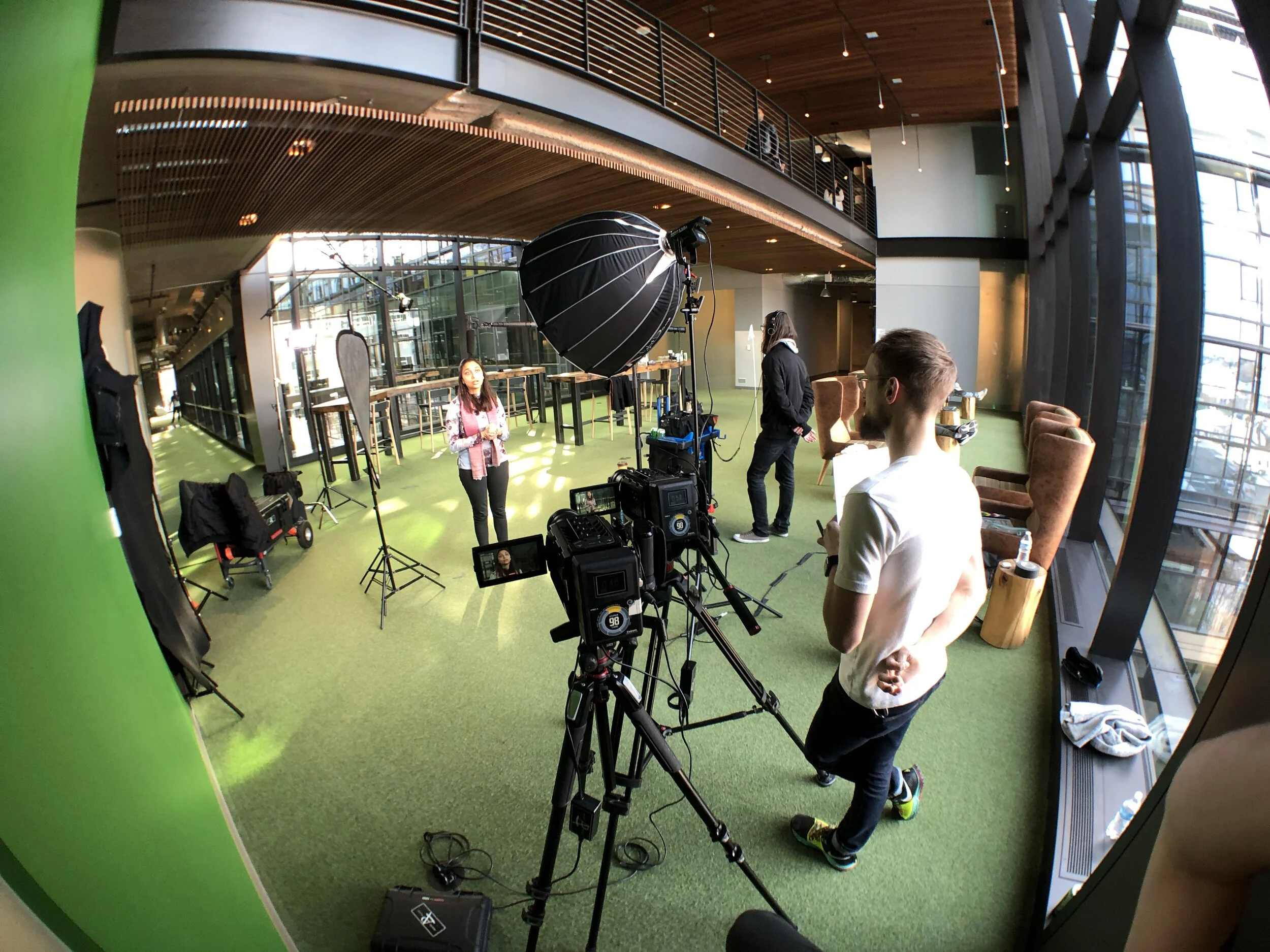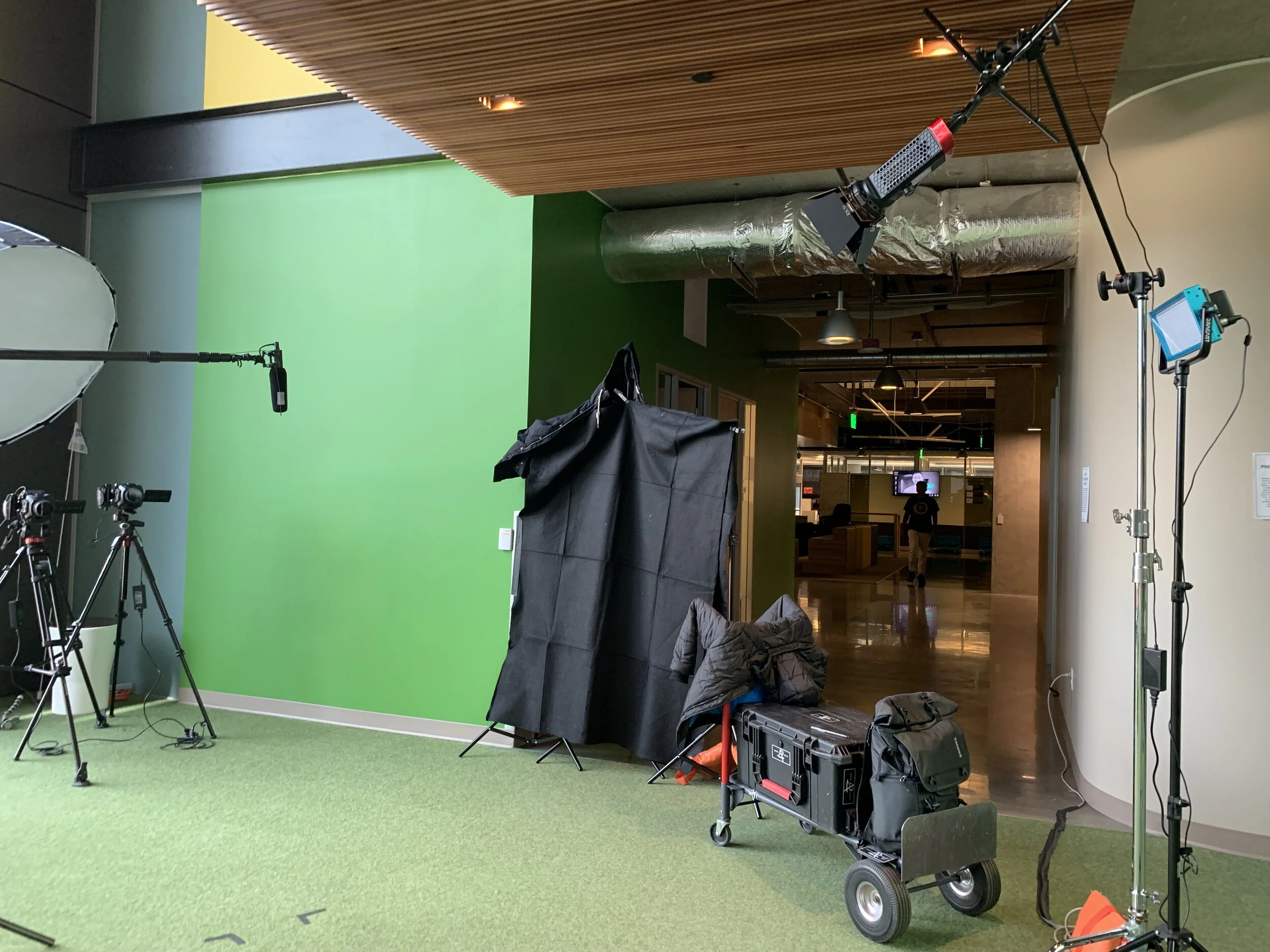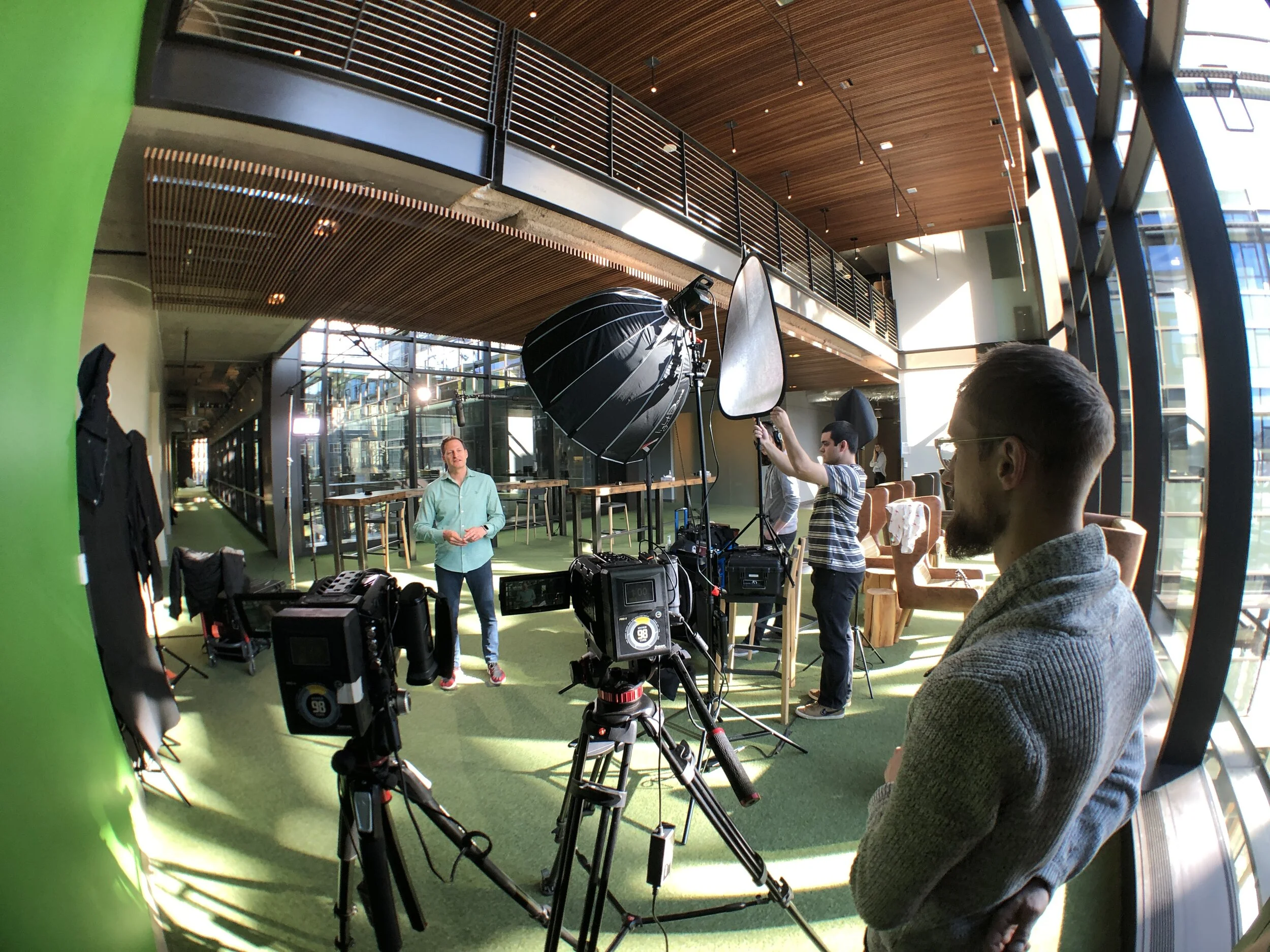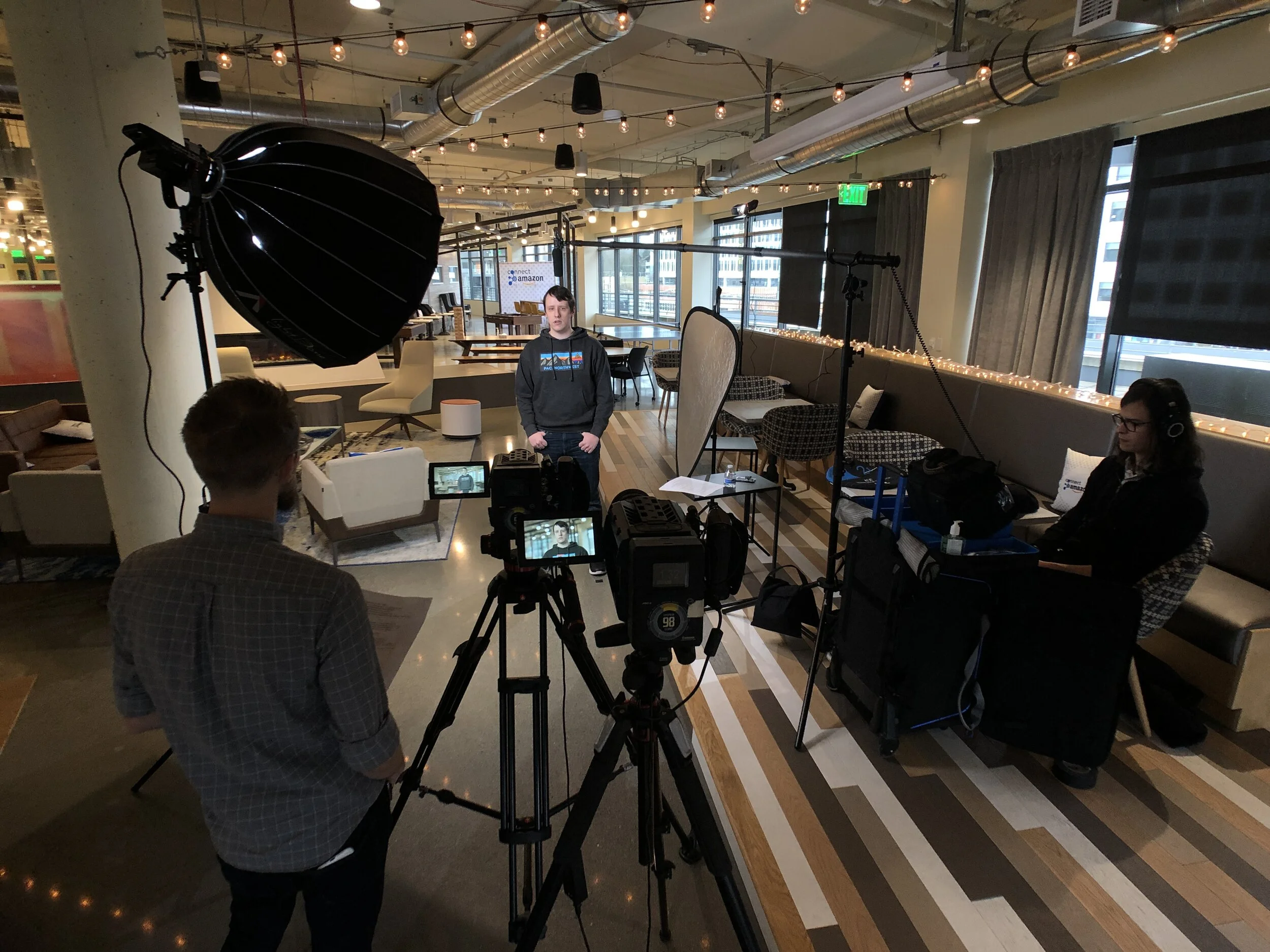Sometimes, you need to flaunt it.
It should be a no brainer to network within one of the most successful companies in the world.
So, why is it so hard?
Pre
Over five years ago, my good friend at Amazon saw an opportunity to connect people, so they did just that. Coming up on their five year anniversary, the internal organization of thousands needed a refresh to their marketing content. When hearing this, I wondered, “Why is this a hard sell to employees eager to find roots in a new city?” We found out it was because of a lack of information around what the organization actually did. They had networking events and asked for volunteers, but didn’t have a lot of quickly accessible information about what that meant.
So, we set out to answer all those questions and more with a massive, five country, eight site interview operation. I led the client through developing questions that would lead an interviewee to answer naturally, allowing us to weave together a narrative for each information topic.
I worked with my editor to dial in the specs of what kind of footage codecs, frame rates, file types, and other details to make sure we could seamlessly edit. I worked with my camera crew to get the ideal shooting styles and camera specs aligned for as seamless as possible footage. I used this information to build a “best practices” guide that would answer any questions a production team would have when shooting the interviews. Then, I worked with a producer in Amazon to coordinate each of these shoots to be done remotely. We would provide an example interview, then the style guide, along with the questions for each interviewee. I called each of the interviewees and walked them through the question set and directed them on what we were looking for in answers. I had each production team call me (no matter what time of day or night) before they began shooting to show me the frame and set up. When everything was captured remotely, I developed a data pipeline system using AWS Storage for the remote sites to upload footage to. For those who’s bandwidth couldn't handle that amount of data or had too large of a file set, we coordinated hard drive shipping and receiving. Upon receiving the footage, we checked it for quality and content, making notes of areas we could fill in when we captured the Seattle interviews.
PERI
I worked with my producer in Amazon to book locations that we scouted together, and to book each employee for enough time to quickly step in, interview, and get back to their work day. I hired a five person crew to handle audio, lighting, camera, and staging. I handled load in/out and meal logistics. I booked us for a four day, 24 person interview marathon. I directed each interview. In the end, we had three people drop out due to unforeseen scheduling issues, but captured everyone else.
Since we would certainly require b-roll, I requested from my client that each of their network chapters send any and all footage they had of events and gatherings to help supplement the footage I already had from previous work with the client.
POST
I had 54 interviews to review and make notes on for my editor. To save on cost in one area, I stitched all of the audio and footage together myself, leaving just removing dead air and narrative construction (based on our ideal outline we had from previous interviews and our script) to the editor. This saved me budget that I used to have all of the stringouts transcribed to expedite the narrative editing process. Once we had everything in its place, I sent each of the the stringout interviews and their transcriptions along with the rough cuts for each of the videos to the client. This allowed them to locate specific lines through keyword searching, speeding up the process of specific line replacement for the editor.
We had five videos in total to produce; one for each topic around explaining the purpose and needs of this program. It took roughly 10 weeks to edit, from start to finish.


